12th December 2010. Written by Xin Li.
Kyoto, Japan
Feeling revitalized after soaking in Kurama onsen and a hearty lunch, it was time for more sightseeing. Hence, we headed east for the Philosopher’s Path, but not before paying a visit to the famed Gingaku-ji (500 Yen).
On our way there, we encountered this building that was shaped like the Gingaku-ji. It reminded me of the “duck” in Robert Venturi’s Complexity and Contradiction in Architecture (1966) whereby the building is shaped like the product its selling, in this case, Gingaku-ji related stuff. However it might not be a “duck” after all since it is not the entire building. It is more of using Gingaku-ji as a marketing strategy rather than selling products related to it.
Gingaku-ji is located at the northern end of the Path of Philosophy. The Silver Pavilion is one of the most well-known sights of Kyoto. It was constructed in 1482 by Shogun Ashikaga Yoshimasa, the eighth shogun of the Muromachi era as a retreat from the on-going civil war.
The Silver Pavilion, as it name suggests was to be covered with silver like the Golden Pavilion was covered in gold. However, it was never realized and the villa was turned into a temple upon the death of Shogun Ashikaga Yoshimasa.
While the Gingaku-ji may not be as visually spectacular as the Kinkaku-ji, it is unfair to say the Gingaku-ji is in anyway inferior and less interesting than the Golden Pavilion. In fact, I really enjoyed the gardens of Gingaku-ji, more so than the one at Kinkaku-ji.
Walking through a fifty-meter-long pathway between the main gate and inner gate lined by a unique type of bamboo fencing known as Ginkakuji-gaki (Gingaku-ji fencing). One makes a dramatic entry to the gardens of Gingaku-ji. According to Shokoku-ji website which has a nice page labeling the various features of Gingaku-ji, this fencing was initially meant to separate the temple from the outside world and served as a metaphorical prelude to our entrance into the sacred Pure Land paradise represented within.
The demure and solemn looking Kannonden or Gingaku stands on the edge of Kinkyochi, ‘the brocade mirror pond’. Decorated with carefully positioned rocks, dwarf pine, stone bridges and azeleas, the garden was meant to be a representation of a paradise.
Just next to the Silver Pavilion, an example of a Zen sand garden comes into view. While it is not part of the original complex, the area of white raked sand, known as the ginshanada, literally “silver sand open sea” provides a stark contrast between the dark-wooded pavilion and.
The garden was separated into two parts, the lower level consisting of the pavilion and pond with the raked sand and the upper levels where one would be treated to a panorama of the Northern Kyoto, providing a backdrop to the elegant looking Silver Pavilion
As I followed the pathway around the garden I felt like I am immersed in a kind of drama, where surprises awaits at certain points of the pathway as a different kind of scenery revealed itself.
Furthermore, despite moving around and away from the Silver Pavilion, the pathway, which revolves around the Silver Pavilion offered various perspectives of the Kannonden/ Gingaku, it was a very interesting experience.
Besides the aesthetics and visual spectacle that the gardens of Gingakuji provide, it is the design of the garden, a innovation in its time that was deeply intriguing. Even in as the autumn colors are fading away slowly, there remains a kind of beauty in the gardens of Gingaku-ji that seemed to make it timeless. In short, it was a brilliant design.
However, this experience was unfortunately hampered by the fact that the Gingaku-ji, while possessing mountains and seas represented by water, trees and rocks has its share of mountains and oceans of humans as well: tourists. "Many tourists" is a gross understatement.
Otherwise, this visit has been one of my most memorable part of the trip, I just love the gardens.
Here is my advice to you: visit it early in the morning or when it is about to close in order to avoid the tourist or student crowds. The Gingaku-ji is easily accessible via foot if you are planning to walk from Nanzen-ji along the Philosopher's Path.
It is also accessible via bus from Demachiyanagi Station or Kyoto Station. The RAKU Sightseeing Bus 100, buses 5 and 17 brings you there easily from Kyoto Station (30-45 minutes, 220 Yen (One Way).
Subscribe to:
Post Comments (Atom)

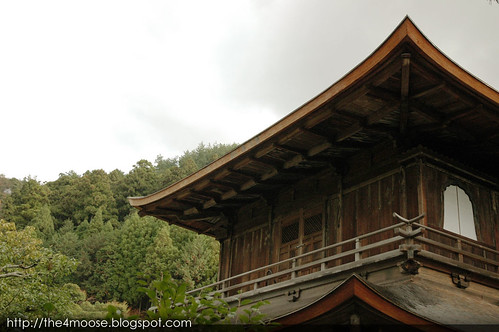
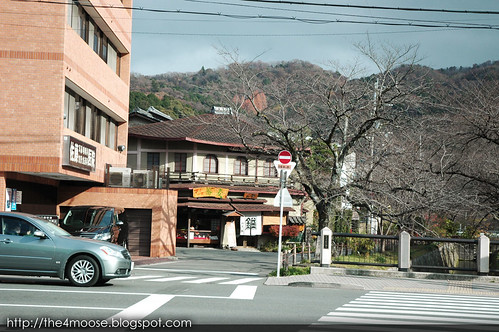
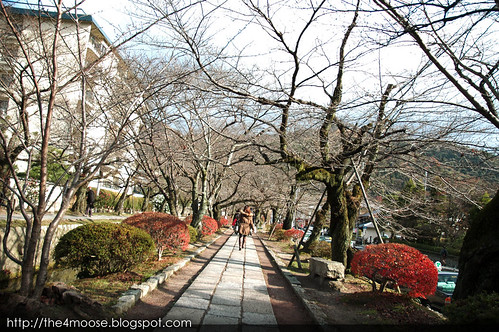


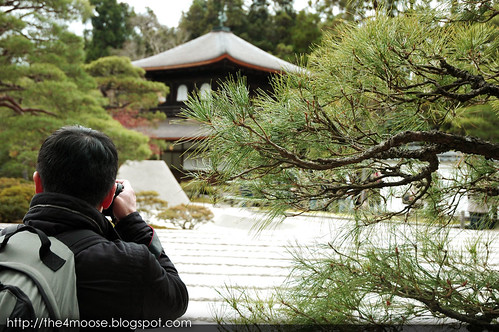
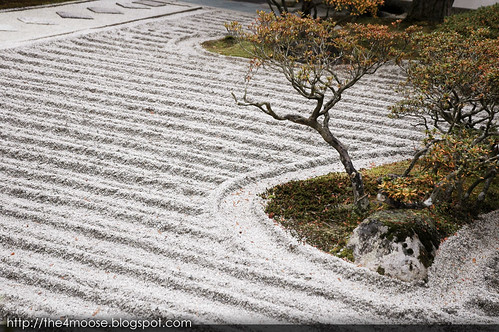
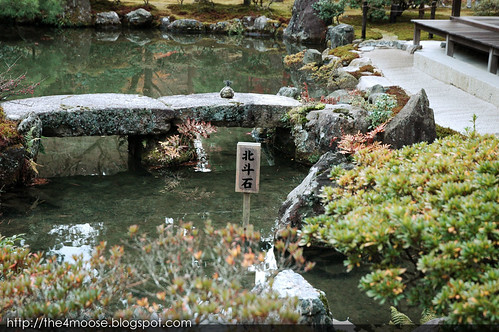
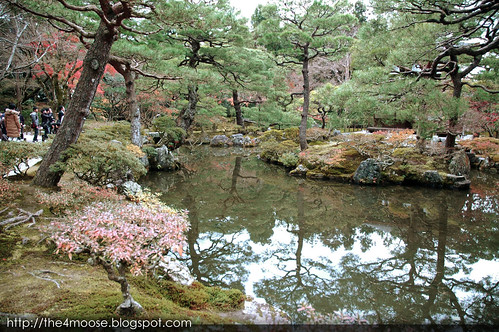
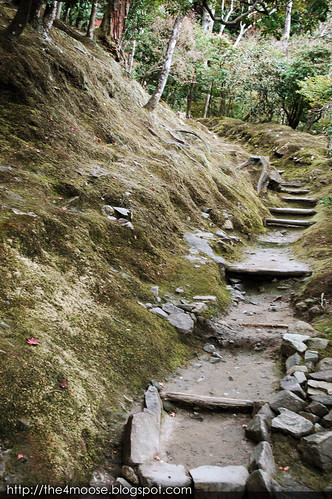
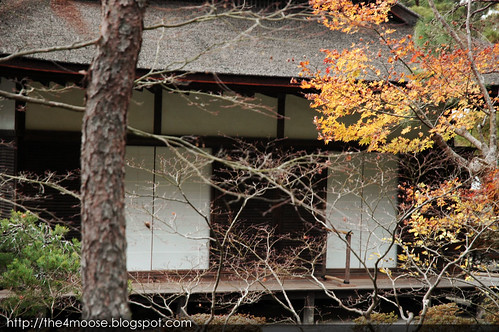
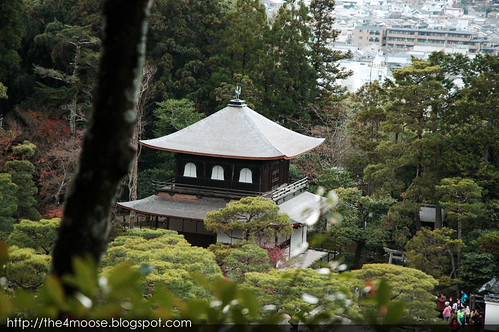
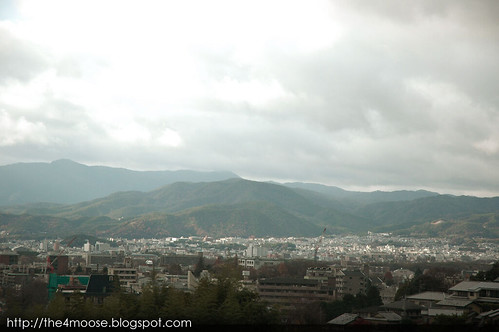
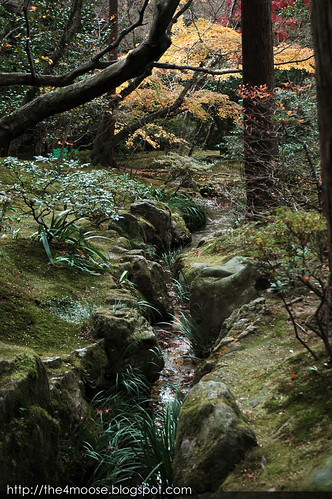
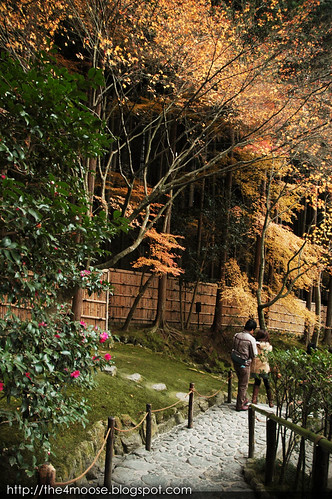
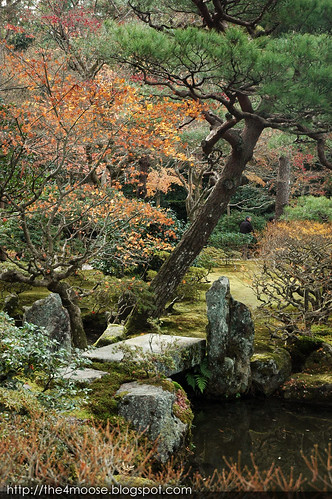
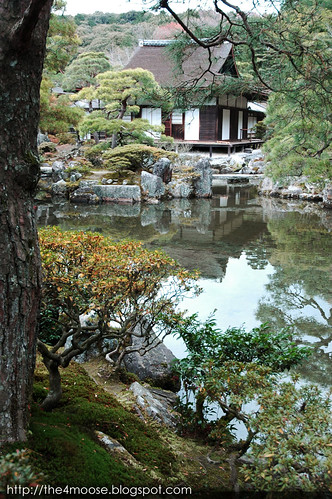
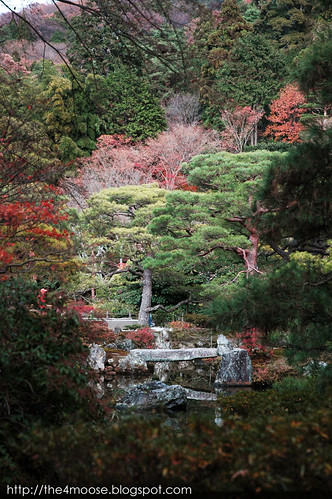
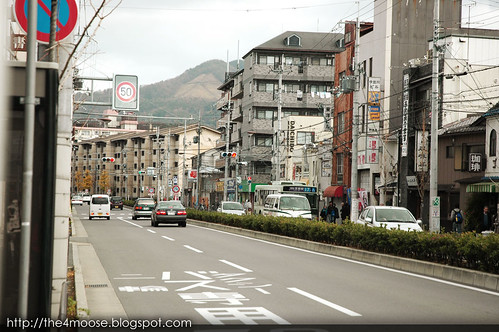














0 comments:
Post a Comment
Note: Only a member of this blog may post a comment.